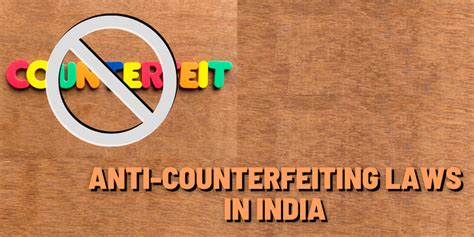How are Anti-Counterfeit Laws Enforced?
What Are Anti-Counterfeit Laws?
Anti-counterfeit laws are regulations designed to prevent the manufacturing, distribution, and sale of counterfeit goods. These laws protect intellectual property rights and maintain consumer trust in products. Countries have their own specific regulations, but they often share similar objectives.
The enforcement of these laws can take various forms, including criminal prosecutions, civil lawsuits, and administrative actions against violators. The effectiveness of these laws depends on various factors, including the legal framework, resources available for enforcement, and international cooperation.
For instance, the United States has the Lanham Act, which allows trademark owners to sue for damages caused by counterfeiting. In the European Union, the Enforcement Directive strengthens enforcement measures across member states.
Additionally, some countries have established dedicated agencies to combat counterfeiting. These agencies often work closely with law enforcement to carry out raids, seizures, and other actions against counterfeit operations.
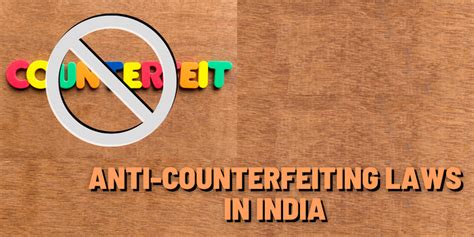
In many jurisdictions, the penalties for violating anti-counterfeit laws can be severe. Offenders may face hefty fines, imprisonment, and the forfeiture of assets gained through illegal activities. Such consequences act as a deterrent to would-be counterfeiters.
Moreover, international agreements like the Agreement on Trade-Related Aspects of Intellectual Property Rights (TRIPS) set minimum standards for enforcement that member countries must adhere to, further enhancing global anti-counterfeiting efforts.
Overall, anti-counterfeit laws play a crucial role in safeguarding consumers and protecting the interests of legitimate businesses. Understanding these laws is essential for both consumers and manufacturers alike.
How Do Governments Enforce Anti-Counterfeit Laws?
Governments enforce anti-counterfeit laws through a combination of legal measures and law enforcement actions. This typically involves cooperation among various agencies, including customs, law enforcement, and regulatory bodies.
One primary method is through customs inspections at ports and borders, where officials check for counterfeit goods entering the country. If such goods are found, they can be seized, and penalties may be imposed on importers.
Law enforcement agencies also conduct investigations into suspected counterfeit operations. This may involve undercover operations, surveillance, and collaboration with brand owners who provide evidence of counterfeiting activities.
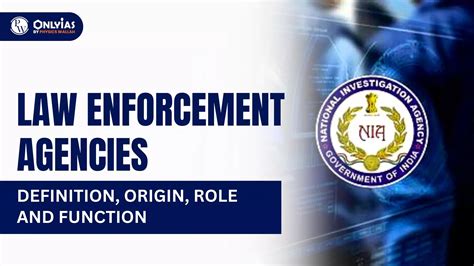
When counterfeiting cases are brought to court, prosecutors must provide evidence that the goods in question are counterfeit and that the accused knowingly participated in the violation of anti-counterfeit laws.
Civil lawsuits are another avenue for enforcing these laws. Trademark holders can sue counterfeiters for damages, seeking financial compensation and injunctions to stop the sale of counterfeit goods.
Furthermore, public awareness campaigns play a vital role in enforcement. Governments often work to educate consumers about the dangers of counterfeit products and how to recognize them. This can lead to increased reporting of suspicious activities.
International cooperation is also crucial in combating counterfeiting. Many countries have established treaties and agreements that facilitate the sharing of information and resources to tackle this global issue.
In conclusion, effective enforcement of anti-counterfeit laws requires a multifaceted approach that combines legal, administrative, and educational strategies.
What Role Do Customs Authorities Play in Enforcing Anti-Counterfeit Laws?
Customs authorities are on the front lines of enforcing anti-counterfeit laws. Their role is critical in preventing counterfeit goods from entering a country’s market.
Customs officials are trained to identify counterfeit products during inspections. They assess shipments based on various criteria, including the packaging, branding, and documentation provided by importers.
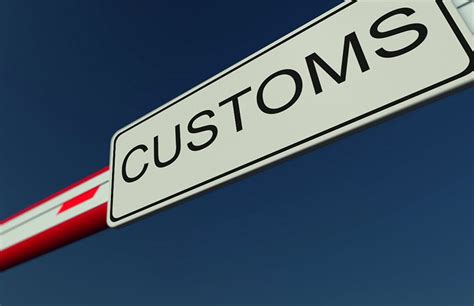
When suspicious items are identified, customs authorities have the power to seize these goods, often based on requests from trademark holders or as part of routine checks. In many countries, there are specific procedures in place to handle suspected counterfeit goods.
Customs authorities also work closely with brand owners to receive training on recognizing their products. This partnership helps improve the effectiveness of customs inspections.
In some cases, customs can work alongside law enforcement agencies to conduct joint operations against large-scale counterfeit networks. This collaboration enhances their ability to tackle organized crime involved in counterfeiting.
Furthermore, customs authorities often provide valuable data on counterfeit trends, which can be utilized by governments and businesses to develop better prevention strategies.
Overall, the role of customs in enforcing anti-counterfeit laws is indispensable. Their proactive measures help protect consumers and legitimate businesses from the adverse effects of counterfeit products.
How Effective Are Anti-Counterfeit Laws?
The effectiveness of anti-counterfeit laws can vary widely depending on several factors, including the legal framework, enforcement mechanisms, and cultural attitudes towards counterfeiting.
In countries with robust legal systems and active enforcement, anti-counterfeit laws tend to be more effective. These countries have well-defined procedures for investigating and prosecuting counterfeiters, resulting in higher conviction rates.
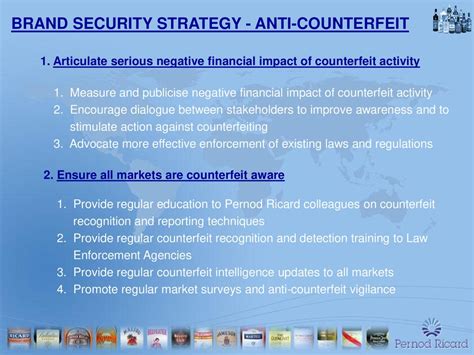
However, in regions where law enforcement is under-resourced or where corruption is prevalent, enforcement can be significantly hindered. Counterfeiters may operate with impunity, knowing that the likelihood of prosecution is low.
Another important factor is public awareness. In areas where consumers are educated about the dangers of counterfeit products, there tends to be greater public support for anti-counterfeiting measures, leading to increased reporting of suspicious activities.
International cooperation also plays a role in the effectiveness of anti-counterfeit laws. Countries that collaborate and share intelligence can more effectively combat cross-border counterfeiting.
Nonetheless, challenges persist. The rapid growth of e-commerce has created new avenues for counterfeit goods to enter the market, making enforcement more complex. Online marketplaces often struggle to monitor and control the sale of counterfeit items.
Overall, while anti-counterfeit laws can be effective in many contexts, ongoing efforts are needed to adapt to the evolving landscape of counterfeiting, particularly in the digital age.
What Challenges Do Law Enforcement Agencies Face in Enforcing Anti-Counterfeit Laws?
Law enforcement agencies encounter numerous challenges when enforcing anti-counterfeit laws. One major challenge is the sophistication of counterfeit operations, which often involve organized crime syndicates with substantial resources.
These syndicates can produce high-quality counterfeit goods that closely mimic legitimate products, making them difficult to detect. This poses a significant hurdle for law enforcement, as the line between genuine and counterfeit can sometimes be blurred.
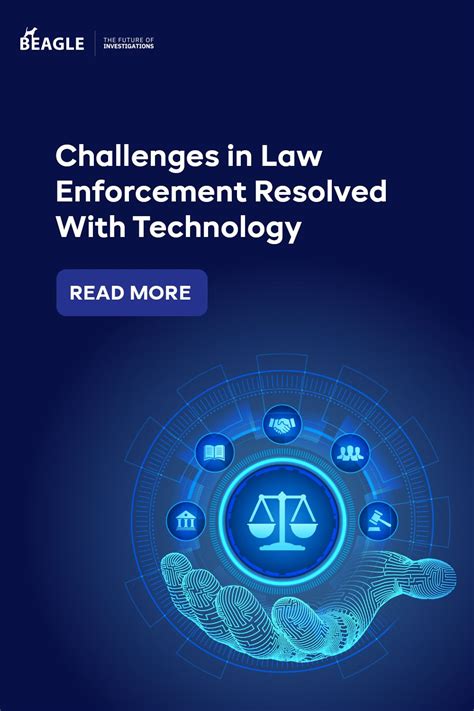
Additionally, the rapid advancement of technology has allowed counterfeiters to utilize sophisticated methods for producing and distributing counterfeit products. This includes using online platforms to sell goods, making it challenging for law enforcement to track and intercept these sales.
Resource limitations are another significant obstacle. Many law enforcement agencies lack the manpower and funding needed to effectively combat counterfeiting. This can lead to prioritization issues, with counterfeiting sometimes taking a backseat to other types of crime.
Another challenge is jurisdictional issues, particularly in international cases. Counterfeit operations often span multiple countries, complicating enforcement efforts. Cooperation between different countries’ law enforcement agencies is crucial but can be hindered by legal and bureaucratic barriers.
Public awareness also plays a role in enforcement challenges. If consumers are unaware of the risks associated with counterfeit goods, they may unknowingly purchase them, undermining enforcement efforts.
Finally, legal loopholes can pose challenges. In some jurisdictions, existing laws may not adequately address the nuances of modern counterfeiting, requiring updates or new legislation to enhance enforcement capabilities.
How Can Businesses Protect Themselves from Counterfeit Products?
Businesses can take several proactive steps to protect themselves from counterfeit products. One of the most effective measures is to register trademarks and patents. This legal protection gives businesses the right to take action against counterfeiters.
Implementing strong brand management strategies is also essential. This includes monitoring the market for counterfeit products and conducting regular audits of distribution channels.

